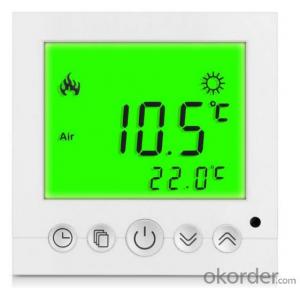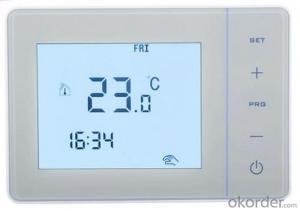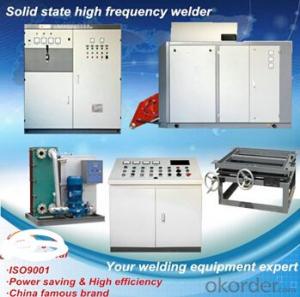Digital Solar Inverter
Digital Solar Inverter Related Searches
Stainless Steel Ruger Mini 14 Laser Engraving Stainless Steel Fine Bone China Dinnerware Laser Cut Aluminum Plate Handheld Power Generator Most Powerful Mini Torch Mini Kerosene Heaters Digital Electronic Keyboard Brightest Handheld TorchHot Searches
Steel Mesh Panels For Sale Cheap High Tea Sets For Sale High Density Fiberboard For Sale Solar Hot Water Collectors For Sale Scaffolding For Sale In Uae Scaffolding For Sale In Ireland Scaffolding For Sale In Houston Type Of Inverter For Solar Used Solar Inverter For Sale Portable Led Signs For Sale Stone Hot Water Bottles For Sale Large Led Screens For Sale 1/4 Aluminum Plate For Sale H4 Led Headlight Bulbs For Sale Flexible Solar Cells For Sale Air Pump For Aquarium Price Inverter Size For Solar System Solar Edge Inverter For Sale Aluminum Bar Stock For Sale 5kw Solar Inverter For SaleDigital Solar Inverter Supplier & Manufacturer from China
Okorder.com is a professional Digital Solar Inverter supplier & manufacturer, offers integrated one-stop services including real-time quoting and online cargo tracking. We are funded by CNBM Group, a Fortune 500 enterprise and the largest Digital Solar Inverter firm in China.Hot Products
FAQ
- Yes, a solar inverter can be used with different types of backup power configurations. Solar inverters are designed to convert the DC power generated by solar panels into AC power that can be used to power electrical devices and appliances. They can be integrated with various backup power systems such as batteries, generators, or grid connections to provide uninterrupted power supply during periods of low solar generation or power outages. The versatility of solar inverters allows for flexibility in choosing and combining backup power sources based on specific needs and preferences.
- The role of a power factor correction circuit in a solar inverter is to improve the power quality and efficiency of the inverter by reducing the reactive power and improving the power factor. This circuit ensures that the energy from the solar panels is effectively converted and delivered to the electrical grid, leading to a more stable and efficient operation of the solar inverter system.
- Yes, a solar inverter can be used with a remote control system. Many modern solar inverters are equipped with built-in communication capabilities, such as Wi-Fi or Ethernet connectivity, which allows them to be remotely monitored and controlled. This enables users to adjust settings, monitor energy production, and receive real-time alerts or notifications through a remote control system.
- Yes, a solar inverter can be used in a commercial or industrial setting. In fact, they are commonly used in these settings to convert the direct current (DC) electricity generated by solar panels into alternating current (AC) electricity that can be used to power various commercial and industrial equipment. Solar inverters are essential components of solar power systems in such settings and play a crucial role in maximizing energy efficiency and reducing reliance on conventional power sources.
- The temperature affects the performance of a solar inverter by impacting its efficiency and power output. High temperatures can cause the inverter to overheat, leading to a decrease in its efficiency and overall performance. This can result in reduced power generation and potential damage to the inverter. Conversely, lower temperatures can enhance the inverter's efficiency and power output, allowing it to perform optimally. Therefore, maintaining suitable operating temperatures is crucial for maximizing the performance and longevity of a solar inverter.
- The role of a solar inverter in a community solar project is to convert the direct current (DC) electricity produced by solar panels into alternating current (AC) electricity that can be used by homes and businesses in the community. It ensures that the solar energy generated is compatible with the existing electrical grid, allowing for seamless integration and distribution of clean energy to the community.
- Yes, a solar inverter can be used in conjunction with a generator. In fact, it is a common setup in off-grid or hybrid systems. The solar inverter can work alongside the generator to provide electricity when solar power is insufficient, ensuring a continuous and reliable power supply.
- Yes, a solar inverter can be used with solar-powered emergency backup systems. The solar inverter is an essential component that converts the DC (direct current) power generated by the solar panels into AC (alternating current) power, which can be used to power various electrical devices and appliances during emergencies.















































